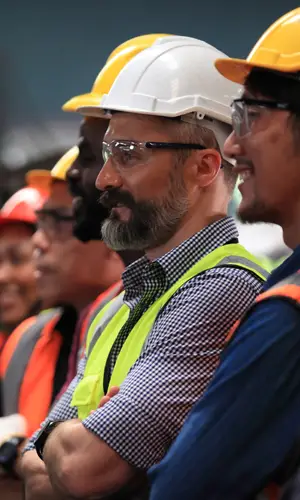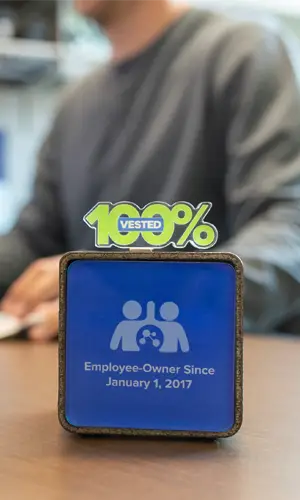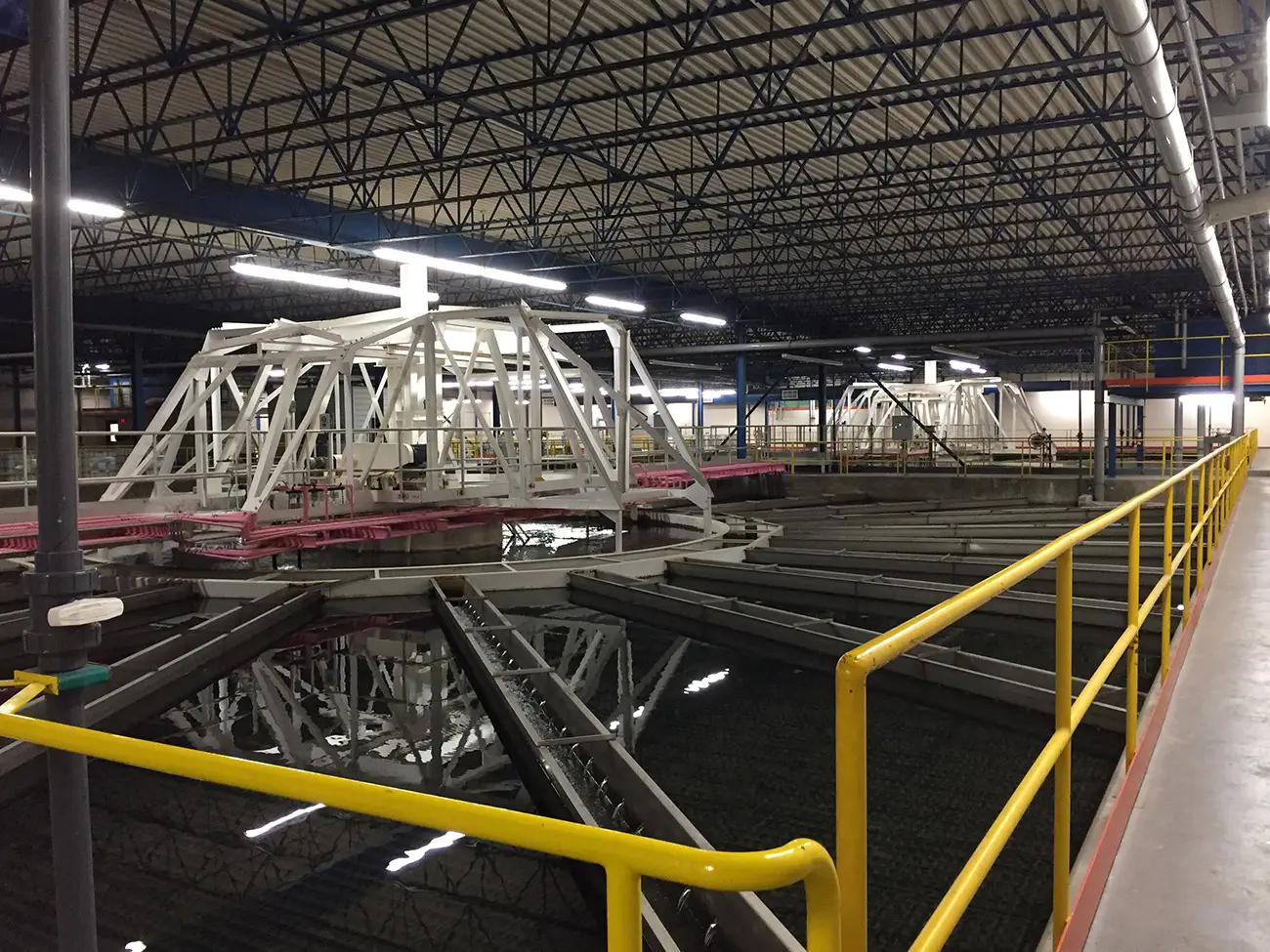Lethbridge Solids Handling – Rotary Fan Presses – Lethbridge, Alberta Canada
About the Project
The City of Lethbridge began operation of its Water Treatment Plant (WTP) No. 3 in 1983 to provide potable water to its residents with an operational capacity of 120 mega-litres per day (MLD). Over the years, the City has experienced a steady population growth and increased environmental regulations on its current residual management systems.
Project Details
Date: 2016 – 2020
Client: City of Lethbridge, Alberta Canada
Key Project Elements
- Alberta Environmental
- Surface Water Residual Management Systems
- Value-Added Collaborate Work Sessions
- Infrastructure Reuse
New Residual Management System
In 2016, the City enlisted the team of MPE/AE2S to prepare preliminary design documents, final design documents, tender packages, and construction services for a new residual management system.
Experienced Team Drives Better Solutions
The first step of the project was to conduct an independent evaluation of the City’s current conceptual design and provide recommendations for improvements. Through years of residual management experience, the MPE/AE2S team was able to find numerous cost savings and/or value-added modifications to improve the conceptual design in terms of regulatory compliance, environmental impacts, and operations and maintenance benefits.
Given that the City records were not digitized or incomplete for as-built data, MPE/AE2S also completed a 3D laser scan to collect field data to improve final design accuracy and quality.
The new residuals management facility was constructed in 2019/2020 and features repurposing the footprint of WTP #2 to house the new dewatering equipment, renovation of existing basins for equalization storage and sludge thickening, and the construction of a new filter backwash basin. Through these improvements, the City was able to meet Alberta Environment permit requirements for water treatment residuals streams, including: clarifier blowdown, filter backwash water, filter to waste, thickening process decant, and effluent from the dewatering equipment.





